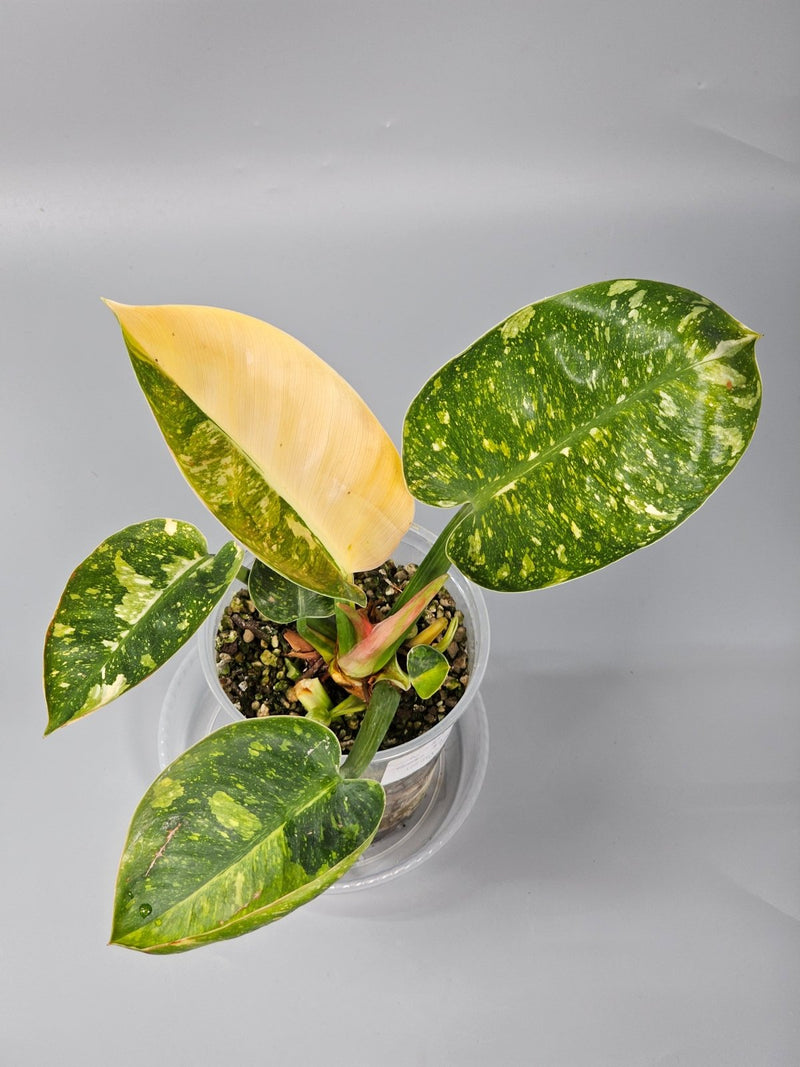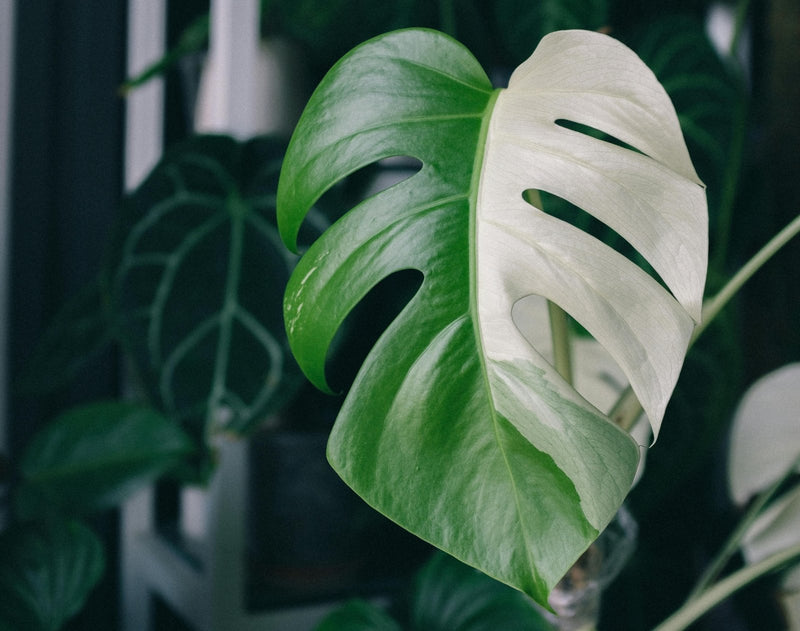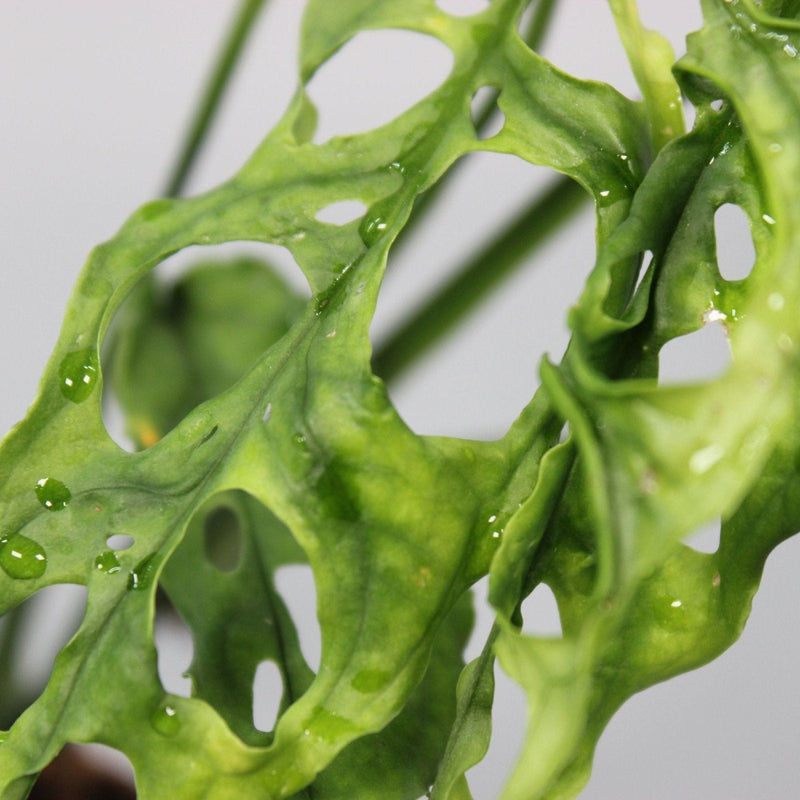
by Odd Leaf
How to Identify and Treat Common Philodendron Problems
How to Identify and Treat Common Philodendron Problems Philodendrons are among the most popular and adored rare houseplants, revered for their varied foliage and easy-going nature. However, even the hardiest plants can encounter issues. Knowing how to identify and address these problems can help keep your philodendrons thriving. This guide aims to equip beginner and intermediate plant lovers with the knowledge to keep their philodendrons in excellent health. Common Problems and Their Symptoms Philodendrons can suffer from several issues, primarily caused by environmental stress, pests, or diseases. Here are the most common problems and their identifying symptoms: Yellow Leaves: Overwatering typically causes yellowing leaves, although nutrient deficiencies can also be a culprit. Brown Leaf Tips: This often indicates under-watering or low humidity. Stunted Growth: A lack of light or insufficient fertilization can lead to slow or stunted growth. Pests: Look out for spider mites, mealybugs, and aphids, which can cause discolored leaves and sticky residue. How to Treat Common Philodendron Issues 1. Yellow Leaves To address yellow leaves, first ensure that your watering schedule is appropriate. Philodendrons prefer the soil to dry out slightly between watering. If overwatering is ruled out, consider whether your plant is getting enough nutrients. A balanced, water-soluble fertilizer applied every month during the growing season can help. 2. Brown Leaf Tips If your philodendron has brown tips, it may be craving more humidity. Increasing room humidity with a humidifier or pebble tray can help. Also, ensure that your watering schedule is consistent—philodendrons dislike dry soil for prolonged periods. 3. Stunted Growth Insufficient light can severely inhibit the growth of a philodendron. Place your plant in bright, indirect sunlight. If natural light is limited, consider using grow lights. Additionally, regular feeding during the growing season is crucial for vigorous growth. 4. Pests For pests like spider mites and mealybugs, isolate the affected plant to prevent spread to other houseplants. You can treat minor infestations by wiping the leaves with a solution of soapy water. For more severe cases, use an appropriate insecticide, following the manufacturer’s instructions. Preventative Measures Maintaining a healthy environment is key to preventing issues. Here are some tips: Ensure proper lighting conditions—bright, indirect light is ideal for most philodendrons. Keep the plant's environment clean to avoid attracting pests. Monitor the watering schedule to avoid overwatering or under-watering. Use well-draining soil to prevent waterlogging. FAQs About Philodendron Care How often should I water my philodendron? Water your philodendron when the top inch of soil feels dry. Adjust the frequency based on season and environmental conditions. What is the best fertilizer for philodendrons? A balanced, water-soluble fertilizer, used monthly during the growing season, is ideal for philodendrons. Can philodendrons grow in low light? While philodendrons can tolerate low light, they thrive in bright, indirect sunlight. Growth may slow significantly in inadequate lighting. Further Reading For more in-depth information on caring for philodendrons and other rare houseplants, check out our other articles: Philodendron Melanochrysum vs. Gloriosum: What’s the Difference? Explore The Rare Collection at Odd Leaf Houseplants Anthurium Clarinervium Care and Common Mistakes to Avoid By understanding the common issues that can affect philodendrons and taking proactive steps to prevent them, you can ensure that your rare houseplants remain healthy and vibrant additions to your home.


